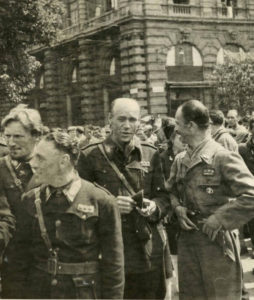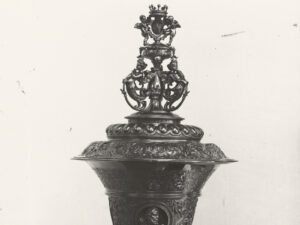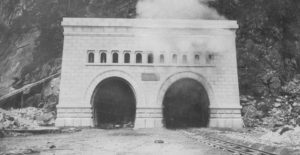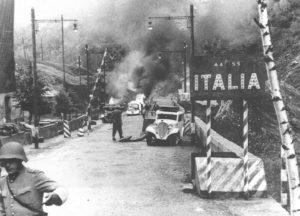
The birth and death of the Partisan Republic of Ossola
In autumn 1944, partisans liberated the Ossola Valley (Val d’Ossola) and founded their own republic. They received strong support from Ticino. After the region was recaptured by the Germans, thousands fled to Switzerland.
Autumn 1943 to summer 1944
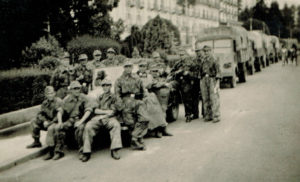
Ticino becomes an information hub
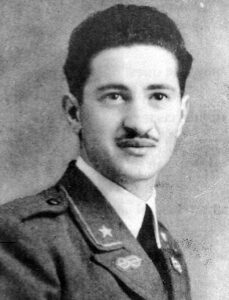
The partisan republic of Ossola and Locarno
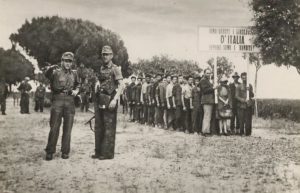
Recapture and wave of refugees
